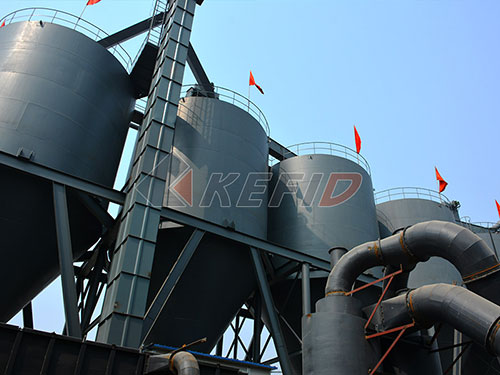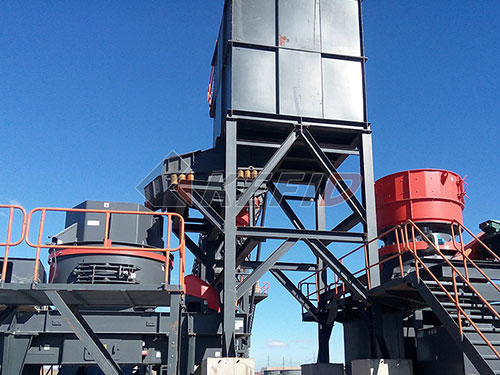Schematic Diagram Of Double Toggler Jaw Crusher
Decoding Efficiency: A Guide to the Schematic Diagram of a Double-Toggle Jaw Crusher

The double-toggle jaw crusher stands as a robust and widely employed workhorse in mineral processing, aggregate production, and demolition recycling industries. Its reputation for reliability and ability to handle hard, abrasive materials stems from its unique mechanical design. Understanding its schematic diagram is key to appreciating its function and advantages.

Visualizing the Core Components:
Imagine a schematic diagram as a simplified blueprint highlighting the essential parts and their kinematic relationships:
1. Frame: The heavy-duty structural backbone provides rigidity and houses all other components.
2. Fixed Jaw Die: Mounted vertically on the front of the frame (often called the "stationary jaw"), this wear surface bears the brunt of initial material impact.
3. Movable Jaw Die: Attached to the Swing Jaw, this is the reciprocating crushing surface responsible for applying compressive force.
4. Swing Jaw: The core moving assembly pivoting at its top.
5. Pitman: This massive component acts as the main force transmitter.
It pivots at its lower end on an Eccentric Shaft bearing.
It connects at its upper end to the bottom of the Swing Jaw via two critical links: the Toggle Plates.
6. Toggle Plates (Back Toggles): These are arguably the defining feature:
Positioned between the rear of the Pitman and either side of a fixed point near the bottom rear of the Swing Jaw (or sometimes directly against a toggle seat on the frame).
They act as safety links – designed to fracture under extreme overload (like uncrushable material) to protect more expensive components.
Crucially, they generate most of the mechanical advantage through leverage during motion.
7. Eccentric Shaft: Driven by belts/pulleys or directly by motor/gearbox:
Rotates within large bearings mounted in side frames.
Its eccentric section causes an elliptical motion path at its connection point with the Pitman bottom.
8. Flywheels: Mounted on both ends of the eccentric shaft outside bearings:
Store rotational energy during idle parts of cycle (return stroke).
Release energy during power stroke (crushing), smoothing out power demand peaks.
9. Cheek Plates: Protective lin


